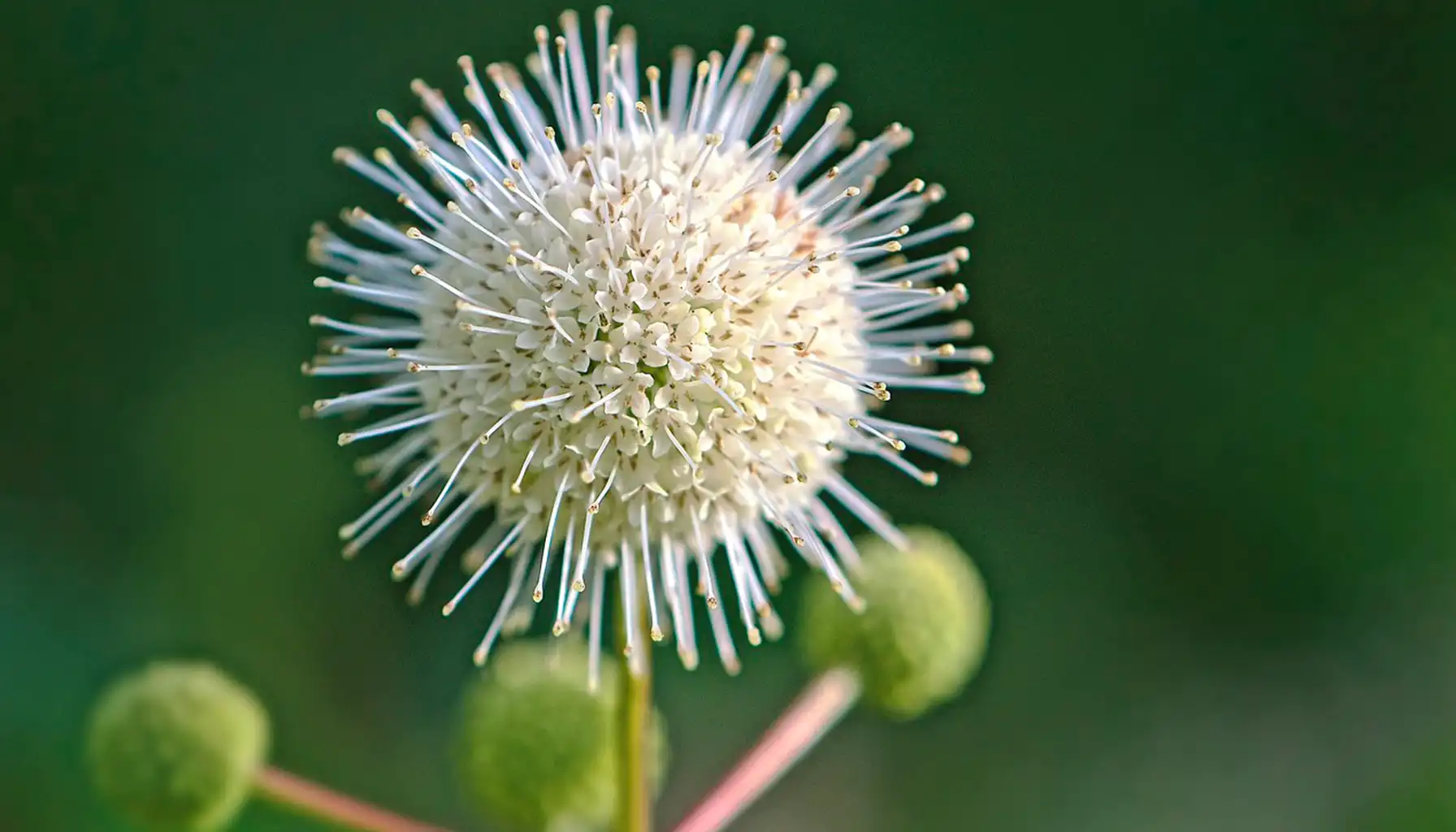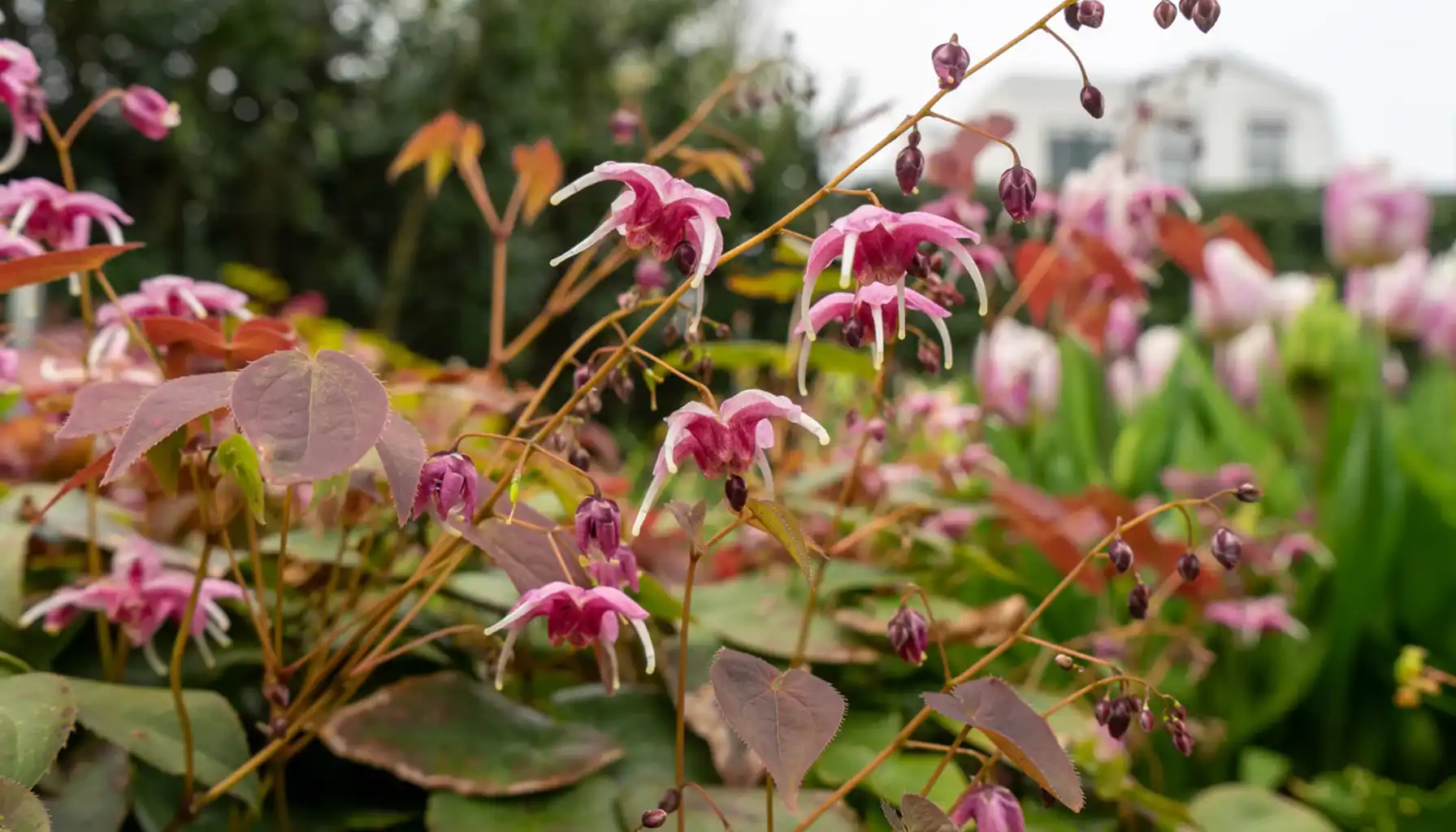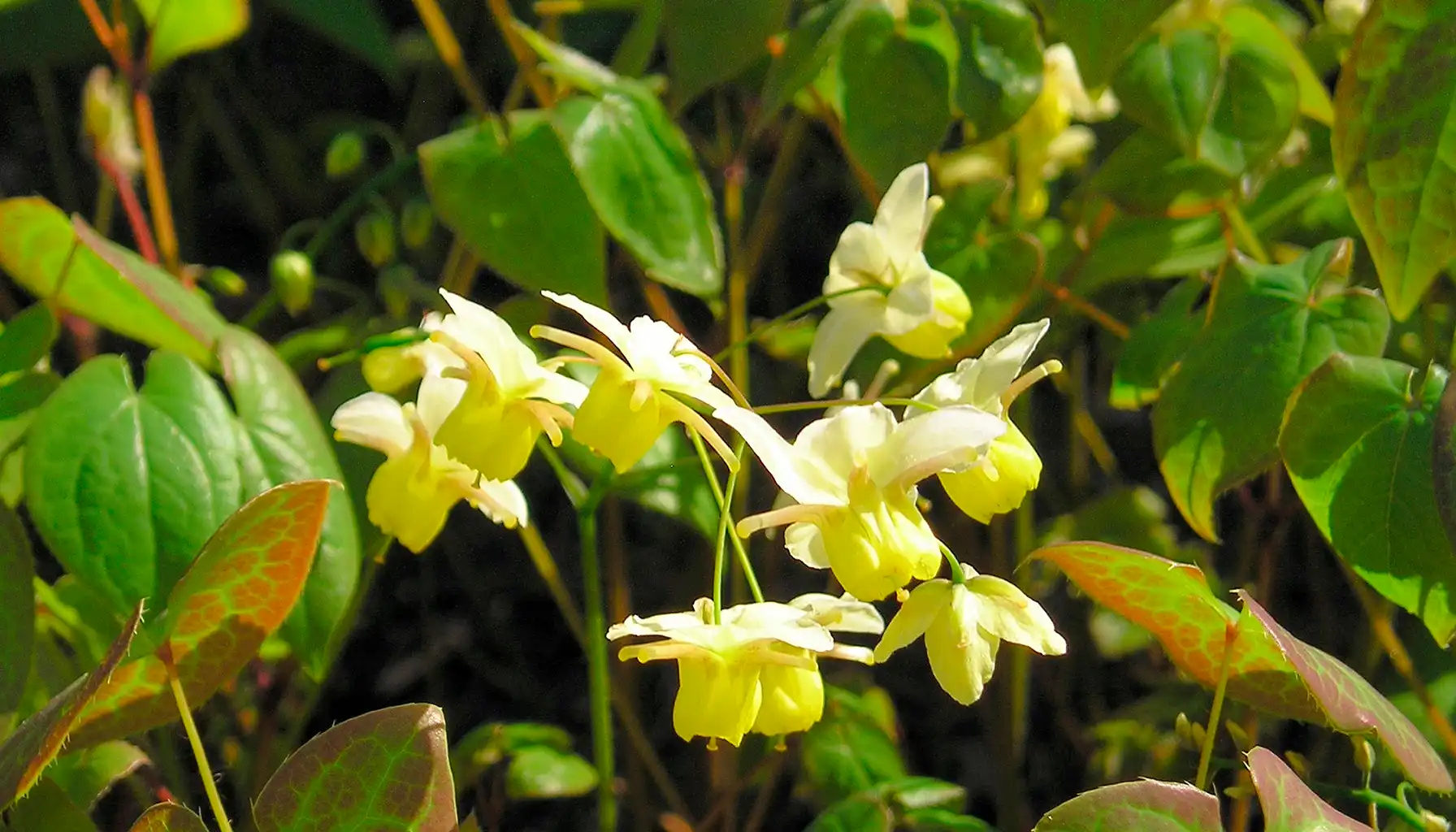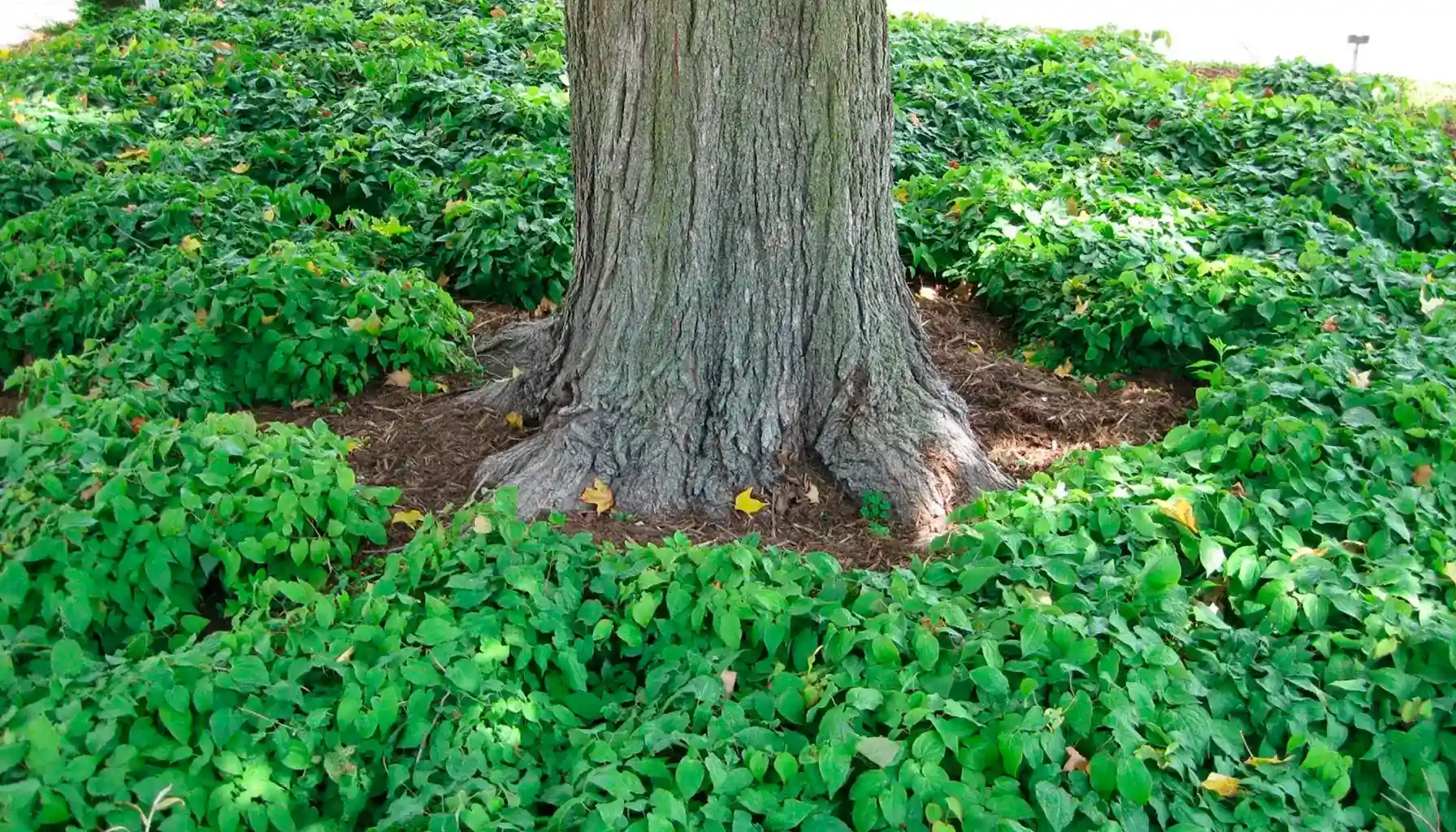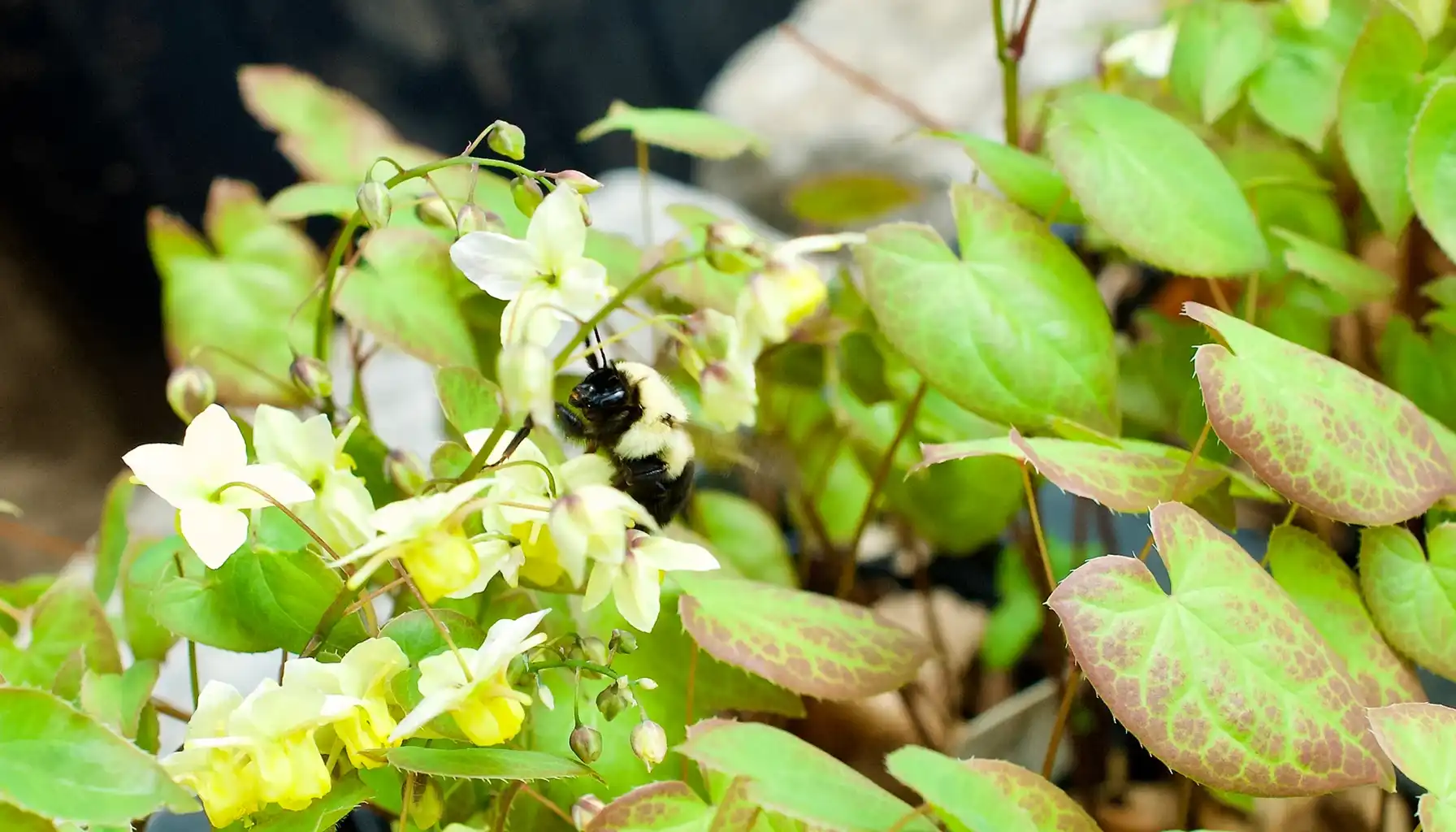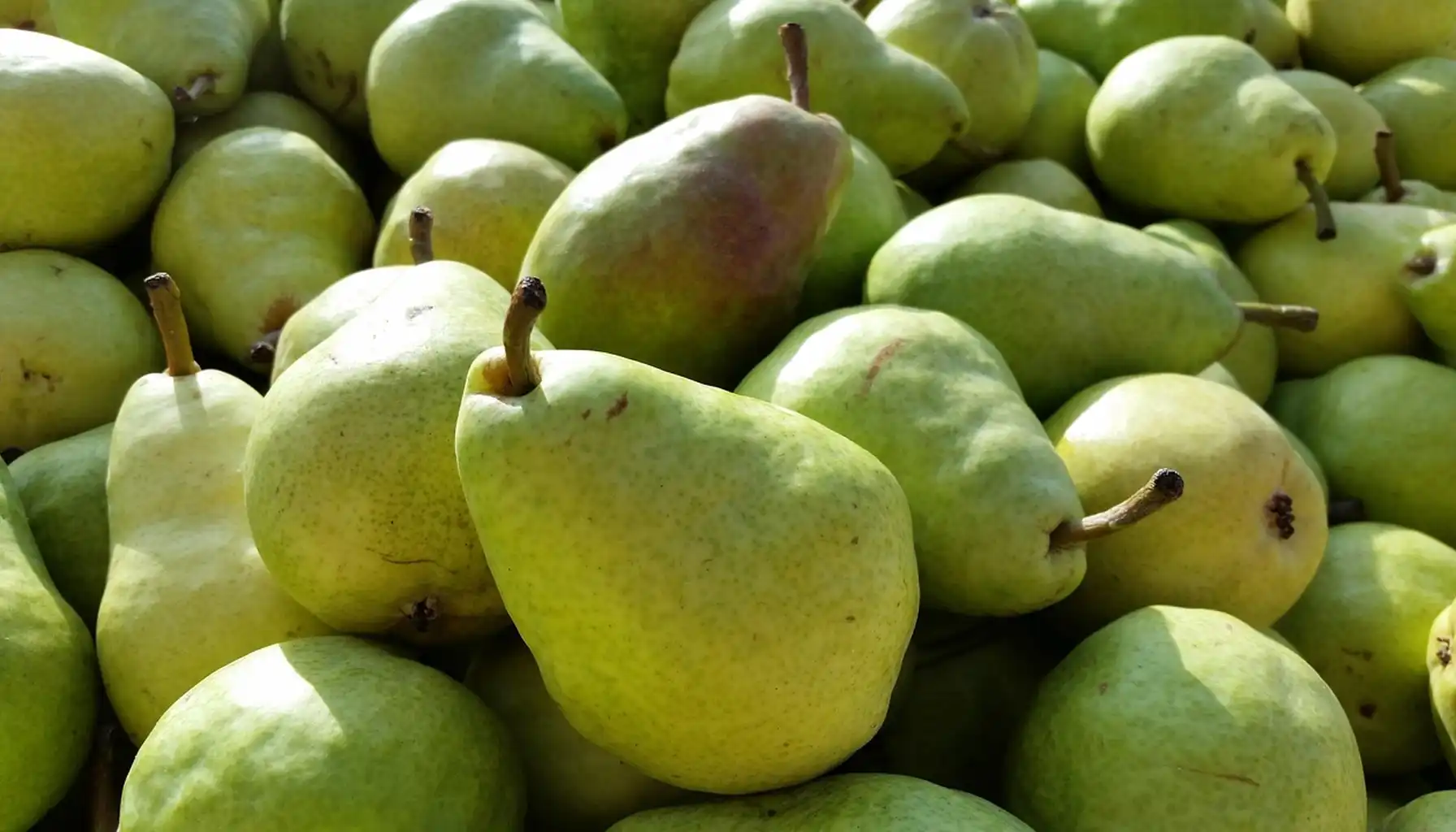A scattering of flowers on the delicate backdrop of miniature, elegant green leaves – there are thousands of plants that may be prettier, brighter, grander, though it is indeed a subjective judgment. Yet, none is quite as subtle in its beauty as the barrenwort plant itself.
For thousands of years, it has been an essential component of Chinese herbal medicine, known under the name yin yang huo, and its value is still celebrated today by evidence-based medicine in turn. Nonetheless, many underestimate the barrenwort epimedium, for they overlook its omnipresent significance as a medicinal plant with potential health benefits, let alone its aesthetic appeal.
In this material, we are to explore the main barrenwort benefits acknowledged by the scientific society worldwide, review its characteristics and care needs, and finally learn what to know to identify this plant when encountered in wild settings.
First Comes the Notion: What Is Epimedium Barrenwort?
So as to understand plant needs, it is vital to take a look at its scientific definition. So, what is barrenwort?
Epimedium, widely known as barrenwort, bishop’s hat, fairy wings, or yin yang huo in Chinese, is a genus of perennial flowering plants in the barberry family (Berberidaceae) that is native to East Asia (primarily China, Japan, Korea, and Taiwan) and the Mediterranean region (a few species are found).
Its appearance, though differing from species to species, is quite distinctive: the plant features delicate, heart-shaped leaves and dainty, spider-like flowers all over the green canopy with a system of stems. In general, they are either deciduous or evergreen hardy perennials that thrive in shaded or partially shaded environments and produce clusters of small, intricate flowers of various colors (white to pink and red).
As we have mentioned above, this natural creation has long been used as a dietary supplement and medicinal herb, capable of aiding bone health, enhancing circulation, and contributing to the general levels of energy and stamina. A natural boost for your vitality.
Botanical Description and Varieties
The reputation of this plant is unwavering, and this is what inspires millions of gardeners worldwide to grow white/yellow/pink/red barrenwort. The genus comprises more than 60 species, and most of them originate from the territory of China (which is why it is mainly known as a Chinese plant).
Popular ornamental species usually include Epimedium grandiflorum (praised for large blooms and medicinal value), E. rubrum (known for its red-tinted flowers and vigorous growth), E. × versicolor (appreciated for its yellow-and-pink blossoms), and E. × perralchicum (valued as a reliable evergreen groundcover). The diversity is astonishing, especially when it comes to cultivars that may grow outside their natural habitat.
The Main Features |
Scientific Name | Epimedium spp. |
Common Names | Barrenwort, Bishop’s Hat, Fairy Wings, Horny Goat Weed, Yin Yang Huo (Yínyánghùo) |
Family | Berberidaceae (Barberry family) |
Plant Type | Perennial flowering plant |
Distribution | East Asia (China, Japan, Korea, Taiwan); a few species in the Mediterranean |
Growth Habit | Deciduous or evergreen; clump-forming, spreading slowly by rhizomes |
Foliage | Heart-shaped, often bronze or red-tinged in spring Lush green in summer Ornamental year-round |
Flowers | Small, four-petaled, “spider-like” blooms in white, yellow, pink, orange, or red; spring-flowering |
Height & Spread | 15–50 cm tall; spreads 30–60 cm or more |
Special Features | Shade-tolerant, deer-resistant, long-lived, and highly decorative as groundcover |
Growing and Caring for Barrenwort
In its natural habitat, epimedium (barrenwort) grows in the cool, shaded woodlands of East Asia, often beneath the canopy of deciduous trees. There, the soil is richer in leaf litter, slightly acidic, and consistently moist but never soggy.
For those who wish to grow mono- or bicolor barrenwort plants in their gardens, it is essential to know what they need and what they like. In fact, this shade-loving perennial thrives where many flowering plants struggle, and it is surely a fine solution for gardeners who look for resilient natural creations that could create natural woodland effects. But what does it really need to prosper?
Light
The growth of a plant is usually dependent on how well it adapts to the given environment and the right light balance.
Plant in partial to full shade, ideally beneath trees or shrubs (as if it were in its natural habitat).
Allow gentle morning sun, but shield from strong afternoon light.
Give more light in early spring for deciduous types before they leaf out.
Temperature
Temperate climates are considered the most suitable for this type of greenery, but any may become beneficial when adapted properly.
Grow in USDA zones 5-9.
Let deciduous species die back naturally in winter – they will grow in spring again.
Keep evergreen types protected in colder climates to preserve foliage.
Avoid exposure to harsh frost or winter winds.
Soil
The foundations are vital, and for plants, that foundation lies beneath the surface. For barrenwort, the secret to healthy growth starts with soil that mimics its native woodland floor, i.e., loose, fertile, and rich in organic matter.
Use well-draining, humus-rich soil that holds moisture but never stays soggy.
Maintain a slightly acidic to neutral soil pH (5.5–7.0).
Improve soil texture with compost, peat, or leaf mold.
Avoid heavy clay soils that trap water around the roots (root rot should be avoided at all costs).
Related article: Regulations of Soil: How Does pH Level Affect Plant Growth
Watering
Moisture balance is as important as temperature and lighting conditions. Without properly scheduled schemes, it may lack the necessary compounds/minerals to grow and thrive.
Keep soil moderately moist, especially when it needs it most – during spring growth and flowering.
Water regularly in dry periods, but avoid overwatering.
Mulch around the base to preserve moisture and prevent weeds.
Reduce watering once plants are established. Mild droughts are ok, too.
You may also like: How Often Should You Water Your Plants? A Seasonal Guide
Humidity
Though barrenwort is adaptable enough, it still prefers environments that are not overly dry.
Maintain moderate humidity (typical garden levels are sufficient).
Use mulch or companion plants to create a slightly humid microclimate.
Protect from strong winds that can dry the soil and foliage.
Traditional Uses and What It Matters
Medicine is the first sphere that comes to mind when one thinks of traditional uses of the barrenwort supplement. According to Yishan Shi's "Research Advances on Chemical Components and Pharmacological Activities of Barrenwort", ancient herbal texts, including the Shennong Bencao Jing from the Han Dynasty and Li Shizhen’s Compendium of Materia Medica, describe it as “warm, spicy, and strengthening”, credited with invigorating the body, nourishing the kidneys, and fortifying bones and muscles.
In classical Chinese medicine, barrenwort was used to:
Boost vitality and libido and restore the balance to the body’s energy (qi).
Strengthen bones and tendons, particularly in cases of weakness or fatigue.
Support kidney and liver function.
Ease joint pain and rheumatism.
Although ancient physicians understood its effects through observation and philosophy, modern science delved into its medical perspectives more profoundly to uncover the mechanisms behind these traditional claims. Qiu-Mei Quan et al. in "Variation in Icariin and Flavonoid Contents of Barrenwort Species" stated that compounds such as icariin and various flavonoids could be recognized for their potential in supporting bone density, cardiovascular health, and immune function. Traditional medicine believed in barrenwort's power, and so do we.
A Quick Note on Active Compounds
Icariin, i.e., the most studied compound, known for its potential to enhance circulation, support bone health, and act as a mild PDE5 inhibitor (similar in mechanism, though far weaker, to compounds used in erectile dysfunction medications).
Flavonoids, including quercetin, baohuoside, and epimedokoreanin, which possess strong antioxidant properties and help protect cells from oxidative stress.
Lignans and steroids, i.e., compounds that may contribute to hormonal balance and general vitality.
Volatile oils and trace elements that play supportive roles in metabolism and immunity.
Herbal Wisdom Starts Here
Your garden should thrive, and this depends on you and your knowledge. Discover plants and their care needs with AI Plant Finder, an innovative app for garden management and botanic enlightenment. Centuries of plant studies are here, right in your phone!
Key Features
Plant Identification by Photo: Instantly recognize floral creations from a database of 300,000+ species.
Quick Diagnosis: Detect plant diseases and get suggested causes, treatment plans, and prevention tips.
Expert Care Tips: Follow step-by-step guides made for each species.
My Garden Tool: Track your plants and set reminders for watering, pruning, fertilizing, and rotating.
Water Calculator: Input plant type, pot, temperature, and humidity to determine ideal watering.
Light Meter: Measure real-time illuminance in lux with your camera.
AI Botanist: Explore smart suggestions to optimize plant health and growth.
Expand your garden and cherish each creation under your protection – they are worth it.
Related AI Plant Finder Posts
